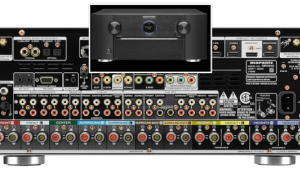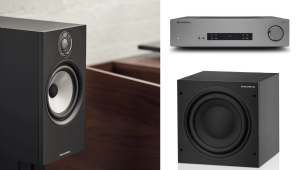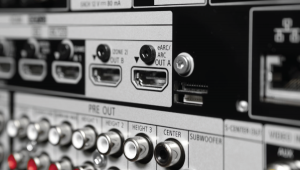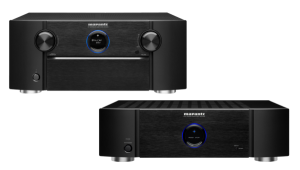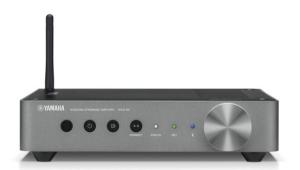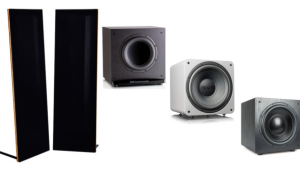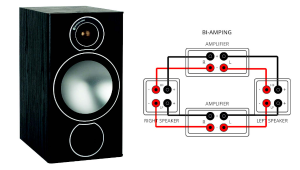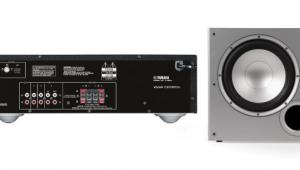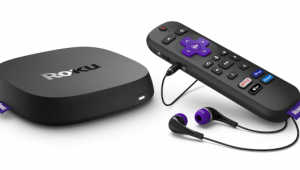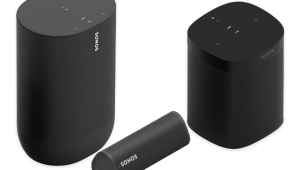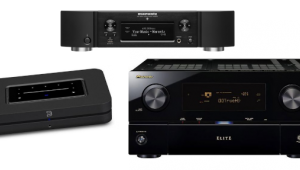240Hz, High-End Projectors, Plasma Calibration

I intend to buy an LED-illuminated LCD TV. Since I like action sports, should I get a 240Hz set rather than a 120Hz?
Rick Feldan
In my experience, 240Hz does look significantly sharper than 120Hz, especially on fast motion like sports. But there's a caveat: some sets that claim to be 240Hz aren't reallythey are 120Hz with backlight scanning (that is, the backlight flashes on and off in a particular pattern during each frame). These sets do not look sharper than 120Hz sets as far as I've seen. Sony and Samsung make true 240Hz LCD TVs, while Toshiba and LG make "pseudo 240Hz" sets. I'd stick with Sony or Samsung for that reason.
Also, keep in mind that 120Hz and 240Hz frame interpolation tends to impart a "video" look to the picture, which some viewers object to, especially when watching movies. I have no problem with it myselfI prefer the sharper image to any "video" look there might be.
Define "High End"
I've noticed that projectors from Runco, Digital Projection, and others costing well over $25,000 and sometimes over $100,000 are referred to as "high end," but they never get reviewed. What makes these projectors high end? Is it light output?
Duane McBryde
Projectors from the likes of Runco and Digital Projection rarely get reviewed because very few people can afford them, so devoting the time and effort it takes to do a full review benefits only a small segment of our readership. Also, many such companies don't often send out product for review. Still, I'm not opposed to reviewing such productsin fact, I'm working on getting a couple of these über-projectors in for review, so stay tuned for that.
As for what makes a projector "high end," it's a number of factors. Certainly, greater light output is important, as well as better optics (which are always expensive), more costly xenon lamps, more extensive calibration controls, and more sophisticated features.
Let It Settle
I recently received my Panasonic TC-P54V10 plasma along with a Panasonic DMP-BD60 Blu-ray player. When budgeting for my purchase, I set aside some funds for a professional ISF calibration of the plasma TV. My sales rep told me that I should first "run in" the plasma for about 500 hours before the calibration. Do you agree? If so, what is the reasoning behind this? The rep mentioned something about letting the plasma gas "settle."
In the meantime, can I perform an in-house calibration using some sort of Blu-ray benchmarking/calibrating disc? If so, which one do you recommend?
Antonio Giaccio
I agree that you should let the plasma "run in" before calibrating it, but you don't need to wait 500 hours; when we review a plasma, we let it run for 50-100 hours before calibrating it. I don't know about the plasma gas "settling," but I do know that image retention is usually worse in the first 100 hours or so. Just be sure that you're displaying full-screen (16:9) moving images with no static elements during the run-in period. Alternatively, you can display a 60% solid white field if you have a source for such an image, which is what we normally do for reviews.
Meanwhile, you can certainly do a basic setup using a disc such as Spears & Munsil HD Benchmark or Digital Video Essentials: HD Basics, both on Blu-ray. I applaud your intention to have the set fully calibrated; it'll make a big improvement in the picture.
If you have a home-theater question, please send it to scott.wilkinson@sorc.com.
